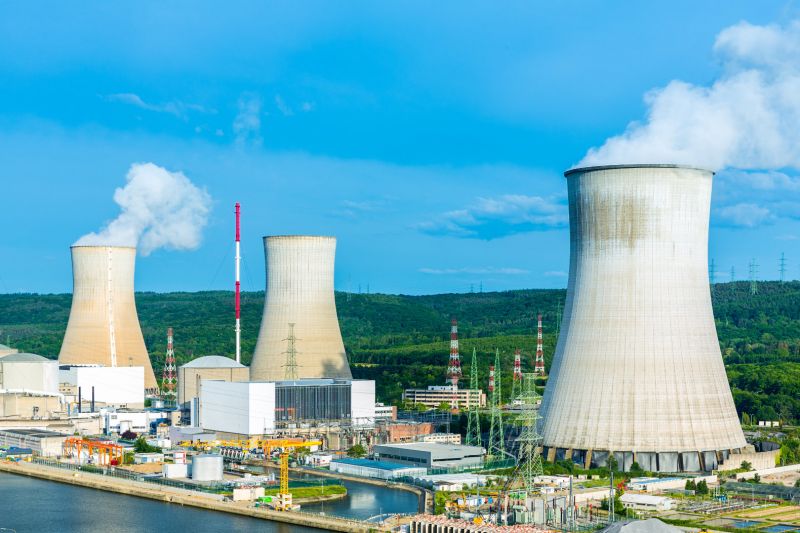Fukushima Seaborne Radiation Detected on USA West Coast
Published on by Water Network Research, Official research team of The Water Network in Academic
For the first time, seaborne radiation from Japan’s Fukushima nuclear disaster has been detected on the West Coast of the United States.
 Cesium-134, the so-called fingerprint of Fukushima, was measured in seawater samples taken from Tillamook Bay and Gold Beach in Oregon, researchers from the Woods Hole Oceanographic Institution are reporting.
Cesium-134, the so-called fingerprint of Fukushima, was measured in seawater samples taken from Tillamook Bay and Gold Beach in Oregon, researchers from the Woods Hole Oceanographic Institution are reporting.
Because of its short half-life, cesium-134 can only have come from Fukushima.
Also for the first time, cesium-134 has been detected in a Canadian salmon, the Fukushima InFORM project, led by University of Victoria chemical oceanographer Jay Cullen, is reporting.
In both cases, levels are extremely low, the researchers said, and don’t pose a danger to humans or the environment.
Massive amounts of contaminated water were released from the crippled nuclear plant following a 9.0 magnitude earthquake and tsunami in March 2011. More radiation was released to the air, then fell to the sea.
Woods Hole chemical oceanographer Ken Buesseler runs a crowd-funded, citizen science seawater sampling project that has tracked the radiation plume as it slowly makes its way across the Pacific Ocean.
The Oregon samples, marking the first time cesium-134 has been detected on U.S. shores, were taken in January and February of 2016 and later analyzed. They each measured 0.3 becquerels per cubic meter of cesium-134.
Buesseler’s team previously had found the isotope in a sample of seawater taken from a dock on Vancouver Island, B.C., marking its landfall in North America.
Meanwhile, in Canada, Cullen leads the InFORM project to assess radiological risks to that country’s oceans following the nuclear disaster. It is a partnership of a dozen academic, government and non-profit organizations, including Woods Hole.
Last month, the group reported that a single sockeye salmon, sampled from Okanagan Lake in the summer of 2015, had tested positive for cesium-134.
The level was more than 1,000 times lower than the action level set by Health Canada, and is no significant risk to consumers, Cullen said.
Source: Statesman Journal
Media
Taxonomy
- Environment
- Pollution
- Disaster Relief
- Oceanographic Survey
- Environment
- Chemicals
1 Comment
-
It is interesting to read the Article for measurements performed in Hawaii
http://www.soest.hawaii.edu/GG/FACULTY/hdulaiov/Fukushima_Mar2012.htm
"On the one-year anniversary of the nuclear accident in Fukushima radiation in the ocean yet to reach Hawaii"
by Henrieta Dulaiova, Jan Kamenik and Kamila Stastna
Department of Geology and Geophysics, University of Hawaii, Honolulu, HI 96822
No related radiation from Fukushima was confirmed.